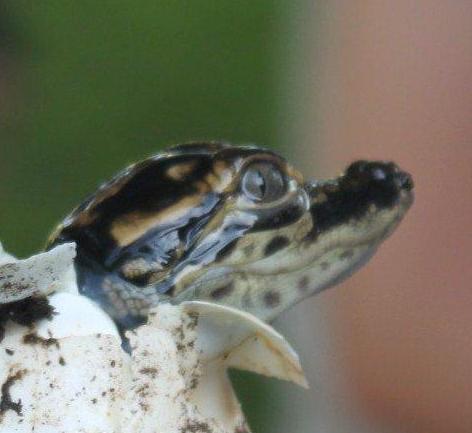 |
|
 |
-
Home - Park
Information - Programs,
Activities & Hikes - We've
Got Gators - Plants &
Animals - Get
Involved -
Members -

Pond Life of Brazos Bend State ParkInsects and their Larvae
Most Insects change their form quite a bit as they are growing up. The main reason for this is that insects are covered in a shell, or exoskeleton which does not grow. As the insect grows, this exoskeleton must be shed many times before it reaches adulthood. A new exoskeleton is produced from the underlying tissue to take the place of the old shell. The wings, however, do not have any underlying tissue. Therefore for most insects, the wings do not develop until the insect is fully grown. In some insect orders, the changes that take place while the insect is maturing are very slight. The juvenile insect looks almost exactly like its parents, except for the lack of wings. In other orders the larvae do not look anything like the adults, but gradually, by a series of changes, they turn into adults. These two cases are called incomplete metamorphosis. In complete metamorphosis, the juvenile insect bears no resemblance to the adult, but do not change gradually. Instead, they go through a stage called the pupa, in which they change rapidly into adults.
Complete Metamorphosis. The fishfly goes through a pupa stage in which it changes over a period of a few days from a larva to an adult.
Most aquatic insects spend their larval stages in the water too, such as water bugs and diving beetles. But many flying insects also have aquatic larval stages. Among these are true flies, dragonflies, mayflies, dobsonflies, and fishflies.
Updated: Aug 12, 2011 |